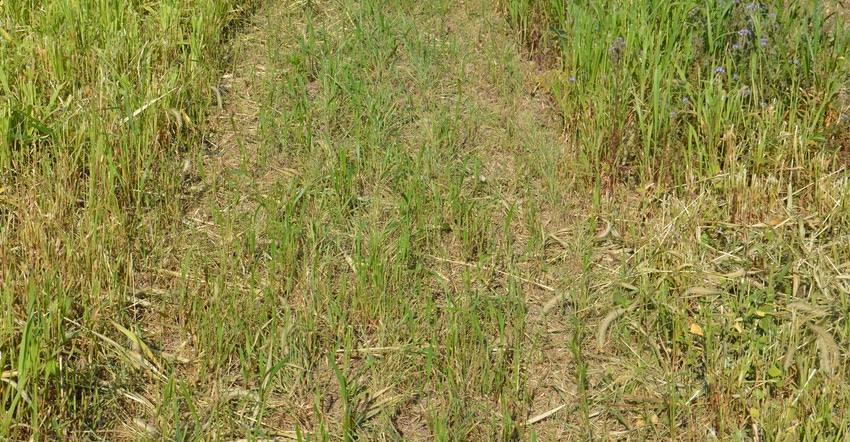
If you’re already planting green into cover crops, this article will be a quick refresher. If you haven’t tried cover crops, here’s information that can help you get started.
“Our goal was to develop recipes which someone could use as a guide to get started in cover crops,” says Anna Morrow, coordinator for the Midwest Cover Crops Council and former Purdue University Extension ag educator.
Several educators contributed to a recipe for planting a cover crop following corn and going to soybeans. The recipe, Indiana Cover Crop Recipe - Post Corn, Going to Soybean (publication MCCC-100/AY-356-W), contains even more suggestions, but here are 10 key points gleaned from it:
1. Do some planning. Educate yourself and start small. If you can follow an early-maturity corn hybrid, it helps. On your first attempt with cover crops, you might select a field you harvest first, a field on sloping ground or a field you see regularly.
2. Check corn herbicide residual information. This may be even more important this year if corn was planted late. Cereal rye typically can be planted in the fall following most residual corn herbicides. If you’re grazing livestock, there may be restrictions.
3. Order the right seed early. Named varieties produce more and are more consistent, but are also more expensive. If you go with a “variety not stated,” make sure it’s been cleaned and tested for germination, and has a seed tag.
4. Conduct timely planting. Plant as soon after corn harvest as possible, and before two weeks after the 50% probability of frost date in your area. In northern Indiana, that’s before Nov. 10; in southern Indiana, it’s before Nov. 25.
5. Determine seeding rate. A drilled seeding rate of 45 to 60 pounds per acre of cereal rye is recommended. If you are broadcast-seeding with shallow incorporation, increase the rate to 50 to 65 pounds per acre. These rates assume high-quality seed with germination rates of 85% to 98%.
6. Choose planting method. If you’re drilling, shoot for placing seed 0.75 inch to 1.5 inches deep. An air-seeder mounted on a vertical-tillage tool is a good option as well.
7. Remember fertility and liming. Apply phosphorus, potassium and lime prior to seeding if possible. If you can’t apply before seeding, apply over growing rye before the ground freezes.
8. Figure termination timing. Ideally, terminate in the spring when cereal rye plants are 6 to 12 inches tall and actively growing. That’s typically about two weeks before planting soybeans. Go with whichever comes first. Many experienced growers plant into much taller rye — even plant into it green — but you may not want to do this on your first attempt, unless weather dictates it.
9. Have termination modification for dry weather. This wasn’t a concern this year, but in a dry spring, you may want to terminate sooner to save moisture for the cash crop.
10. Be ready to terminate in wet spring. 2019 would be the perfect example. If you can’t spray when you want and you get within 10 days of planting beans and rye is tall, wait until a day or two before planting to spray. Most people find the worst-case scenario is planting into large, yellow-green, rubbery rye plants.
About the Author(s)
You May Also Like




